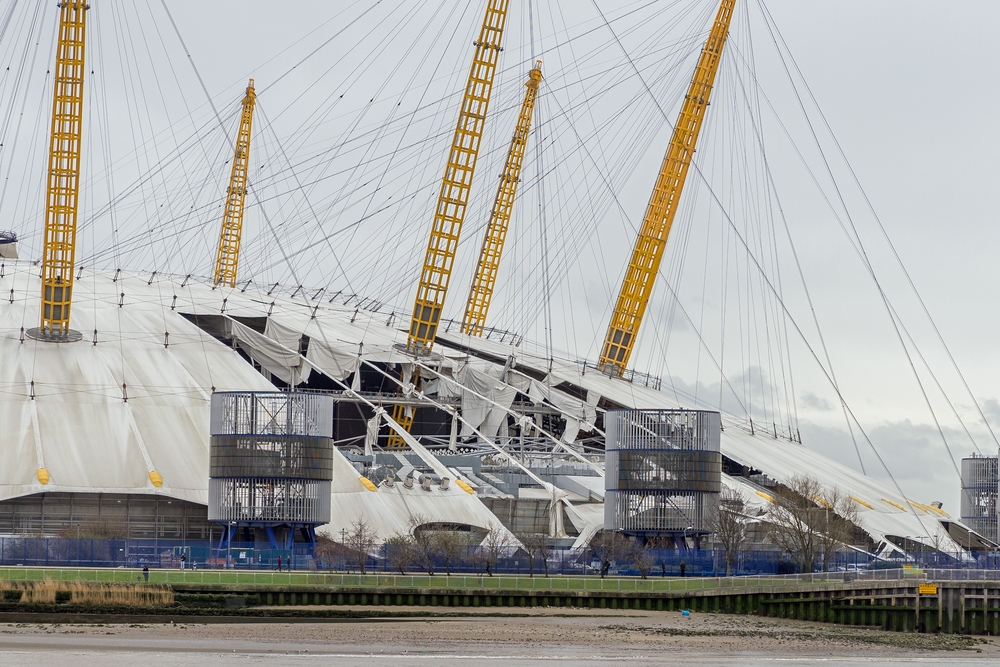It’s one year since three named storms impacted the UK within seven days in what was the stormiest week since storm names were introduced for the UK in 2015. Here, we look back on what was a week to remember for UK weather.
February 2022 – a historic week for UK storms
Storms Dudley, Eunice and Franklin impacted the UK within seven days, with Dudley impacting the UK on 16-17 February, Eunice 18 February and Franklin 20-21 February. It’s the first time three storms were named in a week since storm naming was launched for the UK in 2015.
This period of severe weather was signalled well in advance, with the Amber warning for Storm Eunice the longest-range Amber wind warning ever issued by the Met Office.
The subsequent red warnings for wind for Storm Eunice highlighted the danger to life and an exposed site on the Isle of Wight recorded England’s highest ever gust speed of 122mph. This was one of the UK’s most severe storms since February 2014.
Warnings for the storms helped reduce impacts, with over a fifth fewer vehicles on the roads thanks to Eunice warnings and Met Office forecasts helped partners like the national air traffic control service, NATS, land planes safely in challenging conditions. 
Storm Eunice brought widespread impacts to much of the UK. Image: Shutterstock.
Severe weather hasn’t been hard to come by since those wind warnings in February 2022. A summer of record-breaking heat, including a drought for many, followed by a December cold snap and even some mid-winter heavy rain, has meant the weather hasn’t been far from the headlines.
Preparing for severe weather
The Met Office’s Will Lang leads the team responsible for weather preparedness and is a spokesperson for WeatherReady – a partner-led initiative with useful weather tips, advice and practical guides.
Looking back on the storms from a year ago, Will said: “February 2022 was a stark reminder for the public of the impact severe weather can have.
“While warnings helped to mitigate the impacts, one of the best ways for the public to be prepared for severe weather is to take action before the weather turns severe and we know that’s what many people did ahead of Storms Dudley, Eunice and Franklin.”
Name, but no shame
Storms have been named for the UK since 2015, with names chosen in partnership with Met Eireann and KNMI on naming low pressure systems that are deemed to have the potential to cause medium or high impacts in an area. For the Met Office, this would typically mean an amber or occasionally a red warning.
Met Office post-event surveys revealed that more than 98% of people within red warning areas for Storm Eunice were aware of the warning, with around 90% of those taking direct action to protect themselves or their property from the severe weather in the forecast.
Will added: “Storm naming works. It provides a single authoritative system of communicating the weather to the public, helping people keep themselves, their property and businesses safe. Storm Eunice demonstrated this excellently, helping to ensure partners, the media, responders and the public had the information they needed to stay safe in severe weather.”
Storm Otto, which has been named by the Danish Meteorological Institute, impacted the UK on 17 February 2023. As a result, the first named storm on 2022/23’s list of storms for the UK is currently unused, with Storm Antoni the first name on the list.


